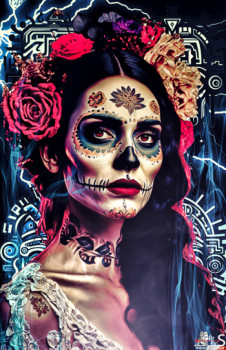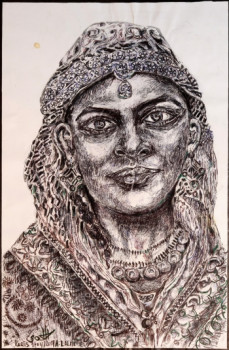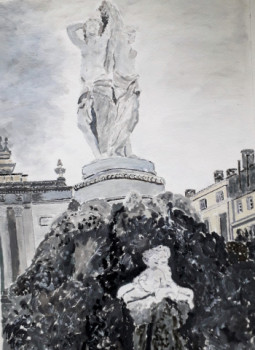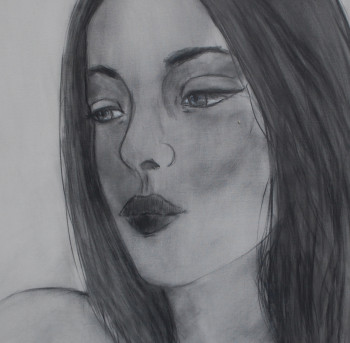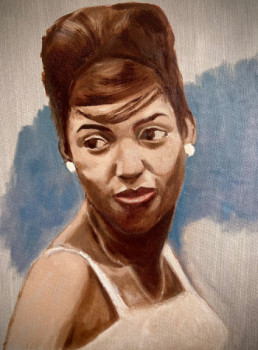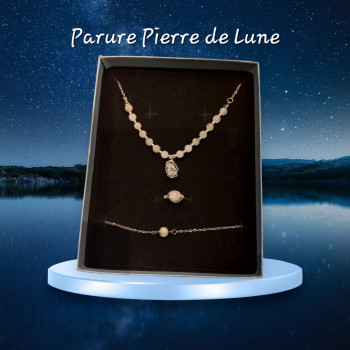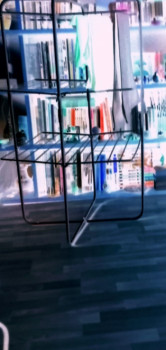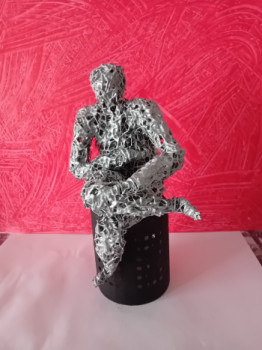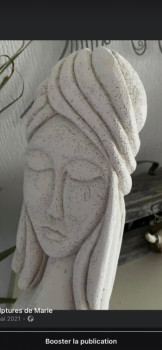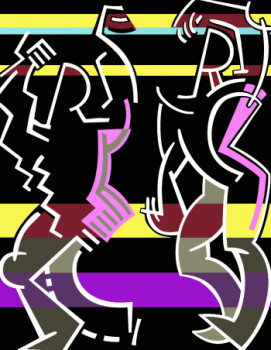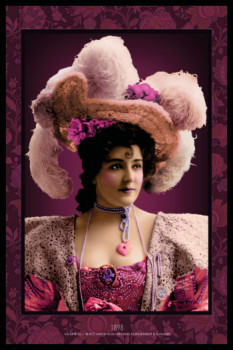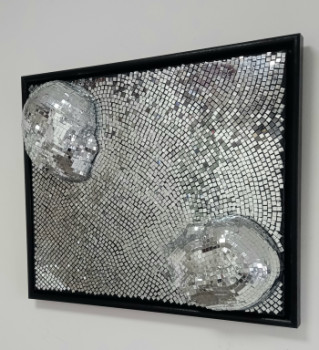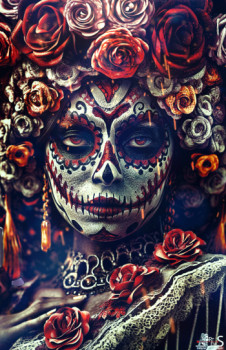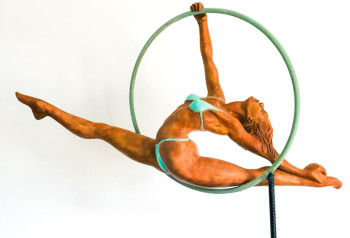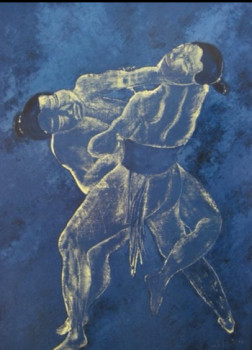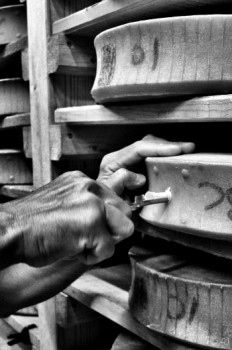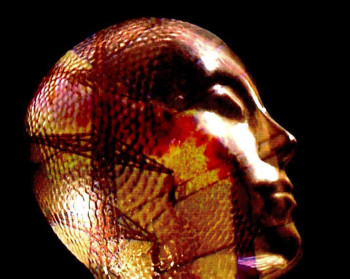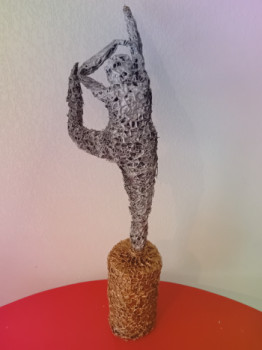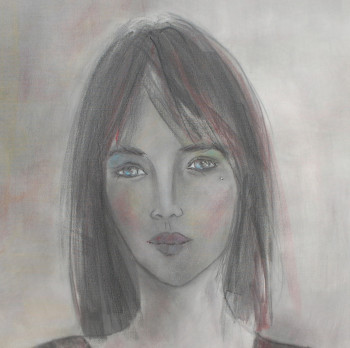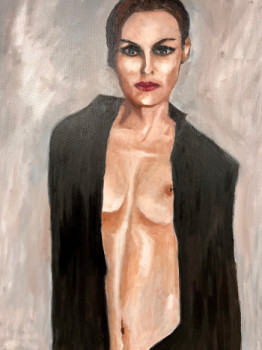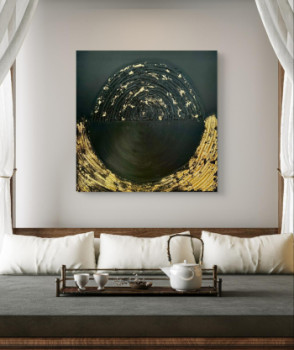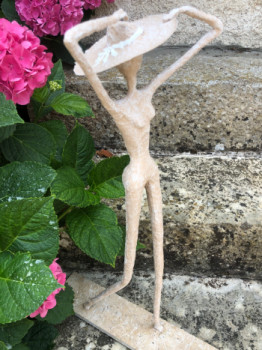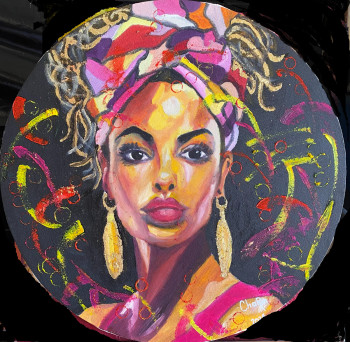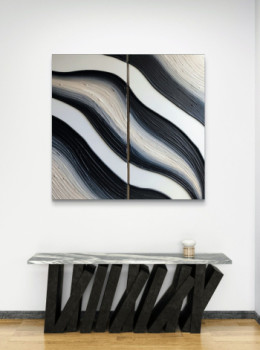
Pierre Cordier, the unclassifiable creator
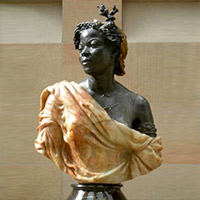
In the field of arts, and even of plastic arts, the early 20th century thought they had seen it all or created it all. True novelty, that which appears on an unknown medium, creating an object or an image never seen before, is a rare thing that inspires me. rite, when it appears, a place in the history of the arts. The work by Pierre Cordier is part of this absolute originality, a total creative approach which goes beyond the use of mixed techniques
Who is Pierre Cordier?
The artistic production and technical innovations of Pierre Cordier are at; both the fruit and the driving force of a long artistic career, made of a curious curiosity. insatiable and extraordinary encounters.
The origins
Pierre Cordier was born in Belgium in 1933. He comes from a Franco-Belgian family of important industrialists, whose specialty is is the production of cosmetic products. This first point is not negligible: in fact, he informally acquires knowledge of certain products used, and a habit of handling them. A brilliant student, he nevertheless developed an artistic flair at a very young age. through a passion for jazz. In 1952 he met Georges Brassens, then little known, with whom he became friends. He records it and photographie, taking advice along the way friendly words of a man who sees in him an artist capable of charting his own path. He studied, then graduated. in political and administrative sciences, before doing his military service in Germany.
This one ends in 1956, and there again, it was a chance encounter that put him on the path to his vocation. As he begins to seriously struggle, studying photography, he signed, on November 10, 1956, a dedication to a young German, with a nail polish; nails, on photosensitive paper. It's up to you This moment creates what will become the "chemigram". A long series of experiments then begins in order to develop this discovery, of which Pierre Cordier senses all the artistic potential. He continues his training as a photographer, even producing a report in 1957, between Syria, Turkey and Iraq. However, it puts an end to this. this career in photography ten years later, when a certain recognition pushed him to pursue his career. dedicate oneself to his art.
The real career of Pierre Cordier
From the end of the 1950s , Pierre Cordier multiplies the experiments in order to perfect his technique of chimigrammia. It is encouraged by influential figures in the world of photography, notably by Otto Steinert, then his teacher, who founded the "Subjektive Fotografie". Gaining notoriety, Cordier became a teacher in 1965 at the National School of Visual Arts in Brussels, a position he held until 1998. He devoted himself fully to the development of his artistic vision, perfecting new techniques.
From the end of the 70s, maturity began. artistic work of Pierre Cordier asserts itself, at the same time as his mastery of his own technique. Exhibitions multiplied throughout the 1980s, culminating in 1988, where a retrospective was devoted to him at the Museum of Modern Art in Brussels. In 1994, in addition to carrying out a major work in the Brussels metro, he was appointed, on January 6, to the Brussels metro. the Royal Academy of Belgium.
From 1992 to; 2007, installed in the South of France, he produced a monograph immortalizing fifty years of research. His work was then hosted at the Pompidou center in Paris. Paris, as well as at the Victoria and Albert museum in Paris. London. During the following years, he was exhibited new to London and beyond Paris, then to New York. He sets up a remarkable collaboration with Gundi Falk.
His work
How to qualify and situate the work of Pierre Cordier? This is still an open question, as this major contemporary artist remains quite unclassifiable.
The Chemigram
This name is given to by Cordier both at the same time the technique he created and at the work that resulted from it. Physics from painting (wax, oil, varnish) is associated with photographic chemistry (developer, fixer, photosensitive emulsion). The result of this assembly is obtained in full light, without any camera or enlarger. It is in fact neither a photogram nor a photograph. The process is exactly the opposite to that of that which underlies photography: the entirety of of the sensitive surface is impressed, before the various chemical baths act selectively, according to a pattern preestablished by the artist.
By choosing the order of the baths, the blacks will be provided by the developer, the whites by the fixer. An infinity Nuances are therefore possible, especially since Cordier uses a localizing product, the nature and texture of which vary depending on the circumstances. infinity, influencing the result for each bath, according to his will. Some developments are notable. In 1963, Cordier allowed the process to be can be put in place from photos or drawings, opening it to the figurative. In 1972, he definitively improved the uses of varnish.
Remarkable works
Coming from mixed, hybrid techniques, the work by Pierre Cordier remains unique and classified solely in itself. The technique integrates environmental hazards which make it very characteristic, and which prevents any connection to it. a family from the world of photography, or painting. The result is a work which, being able to pass for pictorial observed from a distance or carelessly, develops in a surprising way all the finish and brilliance of a work photography. The opening of visual perspectives still seems promising.
The first Tailpiece presents detailed structures of great finesse, often quite geometric ;trics. With maturity, and the partial, and not systematic, integration of figurative elements, the chemigrams become more complex, offering the eye a world of details to the strange and deep lights. Pierre Cordier is also the author, in addition to the aforementioned monumental works, of experimental films, notably towards the end of the 1970s and during the 1980s. He finally published, in 1998, a book containing his personal photographs of Georges Brassens, as well as his recordings dating from the beginning of the 1980s. es 1950.
Découvrez quelques oeuvres inspirées de Cordier
